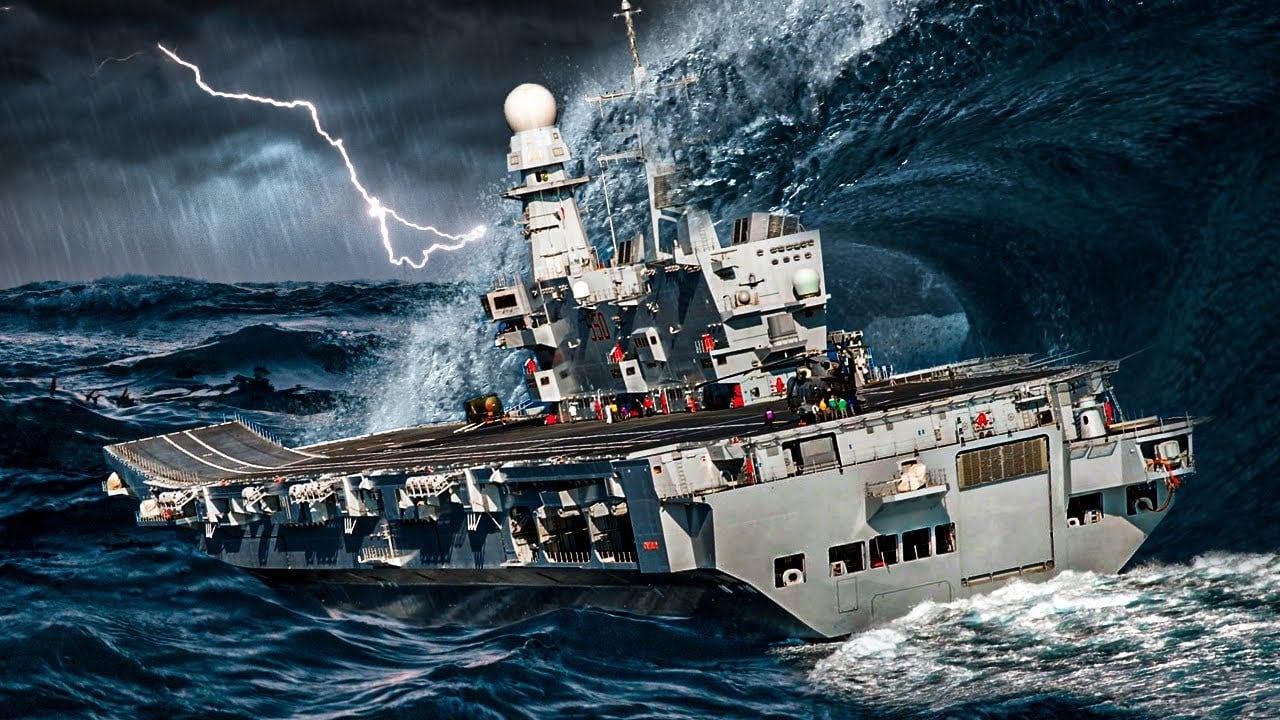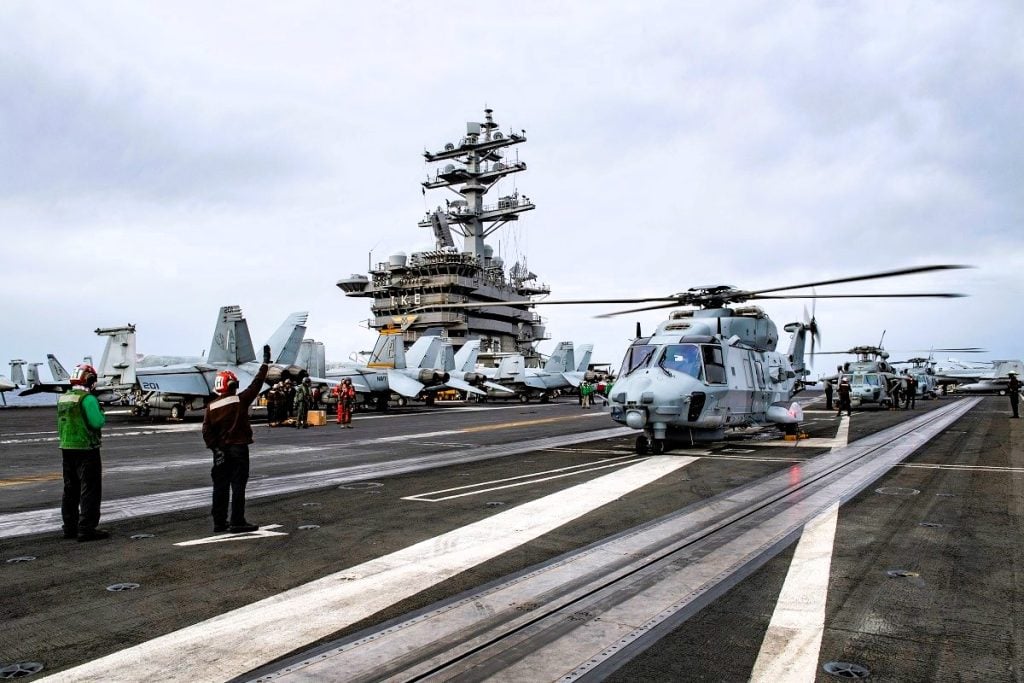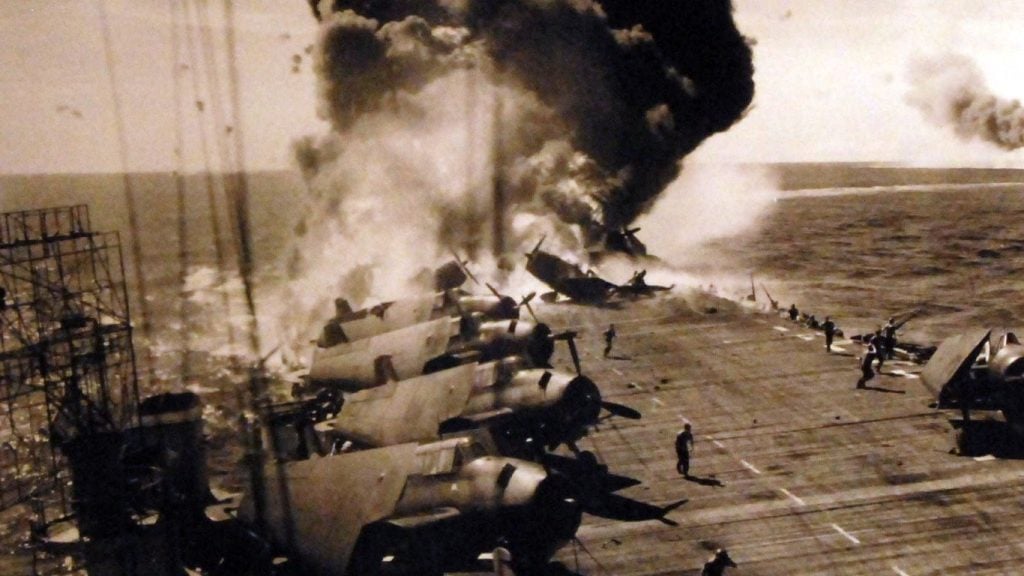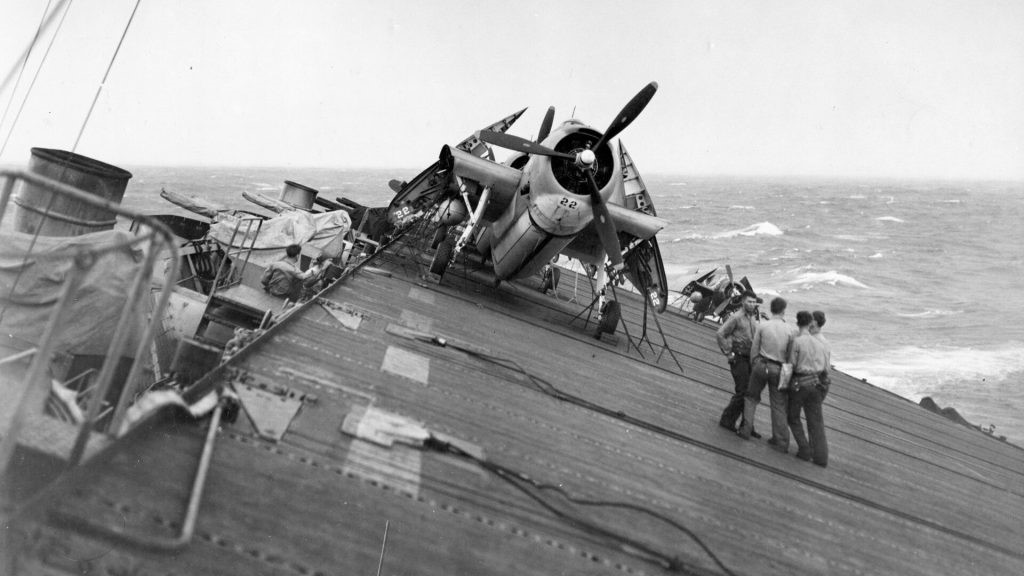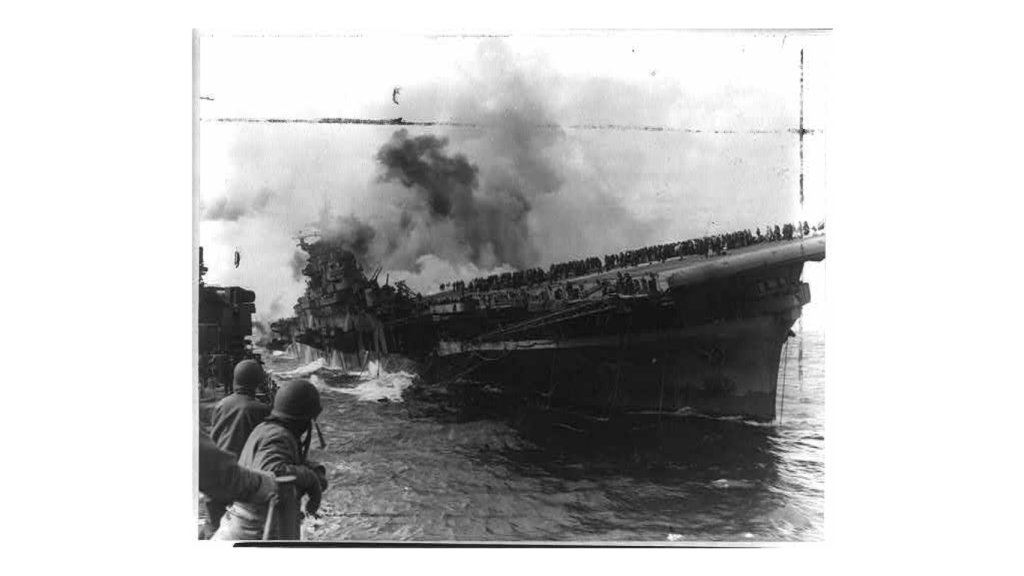The vast expanse of the world’s oceans has long held an aura of mystery and danger, even for the most seasoned naval commanders. This captivating tale of the USS Enterprise’s near-disastrous encounter with the submerged Cortes Bank, a hidden geological marvel off the coast of California, serves as a poignant reminder of the treacherous nature of the high seas and the unwavering vigilance required by those who command the most formidable vessels of modern warfare. This article delves into the Easiest Way to Sink an Aircraft Carrier.
The Southern California Borderland
Stretching from Point Conception to the northern coast of Baja California, the Southern California Borderland is a vast and largely unexplored underwater landscape, a submerged mountain range that rivals the Sierra Nevada in scale. Dotted with peaks, ridges, and deep basins, this hidden realm was once a land bridge during the last Ice Age, home to now-extinct pygmy mammoths and other unique species. As sea levels rose, the most remote island beyond San Clemente was swallowed by the waves, leaving behind the towering Cortes Bank and the treacherous Bishop Rock, both of which would later become the bane of unsuspecting mariners.
The Galleons of Old and the Yankee Whalers
For centuries, the only regular sea traffic along the western coast of North America was the passage of the Manila galleons, the Spanish warship-freighters laden with vast riches bound for Acapulco. These captains wisely steered well clear of the mainland and the islands to the south, wary of the hidden dangers that lurked beneath the waves. It wasn’t until the 19th century, when Yankee skippers began seeking out California’s resources and the migrating whales, that the first inklings of the Cortes Bank’s existence began to surface.
How Canada Plans to Lead in Submarine Technology
The USS Constitution and the Birth of Giant Wave Surfing
The first recorded sighting of the Cortes Bank’s wondrous effects came in 1846, when the crew of the USS Constitution, a vessel with its own storied history, spotted a large patch of white spume and the roar of breakers while cruising off the Southern California coast. This was the beginning of the legend of the giant waves that would eventually become the stuff of surfing lore, their towering, perfectly curling forms reaching heights of up to 80 feet and audible for miles across the open ocean.
The USS Enterprise’s Fateful Encounter
In November 1985, one of the most famous ships in the U.S. Navy’s fleet, the USS Enterprise, found itself on a collision course with the Cortes Bank during a routine operational exercise off the coast of San Diego. The carrier’s captain, Robert L. Leuschner Jr., was preoccupied with the demands of the exercise, which involved simulated airstrikes on defended targets, and the need to maintain the ship’s position into the wind for efficient aircraft launch and recovery. Distracted by a false report of a gunman below decks, Leuschner failed to heed the navigator’s warning about the proximity of the Cortes Bank, and the massive warship collided with the submerged island.
The Devastating Impact and Aftermath
The impact of a quarter-mile-long, nuclear-powered aircraft carrier colliding with a solid rock formation was catastrophic. The drowned island tore a 60-foot gash in the side of the Enterprise’s torpedo-resistant hull, and three of its four massive propellers were destroyed. The port keel was also severely damaged, leaving the giant warship in a precarious position.
Counterflooding and Damage Control
Despite the extensive damage, the crew of the Enterprise managed to stabilize the ship and float it off the Cortes Bank. Marines were stationed to guard against sharks while divers assessed the full extent of the damage. Through the skilled application of counterflooding and other damage control measures, the Enterprise was able to right itself and limp back to port, a testament to the training and preparedness of its crew.
Other Naval Disasters and the Perils of the Deep
The USS Enterprise’s near-disaster at the Cortes Bank was not an isolated incident. Other U.S. Navy ships have fallen victim to the treacherous nature of the ocean depths, such as the attack submarine USS San Francisco, which ran into an uncharted seamount in Micronesia in 2005, nearly sinking. Even smaller vessels, like a mine sweeper that wrecked itself on a reef in the South China Sea, have fallen prey to the hidden dangers that lurk beneath the waves.
The Enduring Mysteries of the Borderland
Despite centuries of exploration and technological advancements, the Southern California Borderland remains a realm of mystery and danger. The Cortes Bank and Bishop Rock, with their towering waves and submerged rock formations, continue to pose a formidable challenge to even the most experienced naval commanders, a sobering reminder of the power and unpredictability of the ocean.
Lessons Learned and the Importance of Vigilance
The saga of the USS Enterprise’s encounter with the Cortes Bank serves as a cautionary tale for all who venture onto the high seas. It underscores the critical importance of constant vigilance, effective communication, and unwavering focus, even in the face of the most demanding operational requirements. The sea, with all its hidden wonders and perils, remains a formidable adversary, one that demands the utmost respect and preparedness from those who would challenge its domain.
The Enduring Legacy of the USS Enterprise
The USS Enterprise, a vessel that has long held a revered place in the annals of the U.S. Navy, has now added another chapter to its storied history – one that speaks to the resilience and skill of its crew, as well as the ever-present dangers that lurk beneath the surface of the world’s oceans. This incident, while a harrowing ordeal, serves as a testament to the bravery and professionalism of the men and women who serve aboard these mighty warships, and a reminder of the unforgiving nature of the sea.
Can Helicopters Land Anywhere?
Conclusion
The tale of the USS Enterprise’s near-disaster at the Cortes Bank is a stark reminder that even the most powerful and technologically advanced naval vessels are not immune to the perils of the deep. As the world’s oceans continue to yield their secrets, it is incumbent upon those who command these mighty ships to maintain the highest standards of vigilance, training, and seamanship, lest they too fall victim to the hidden dangers that lie in wait, ready to challenge the supremacy of even the mightiest of warships.
FAQs
1. Is it possible to sink an aircraft carrier?
Though an aircraft carrier is an immense and formidable vessel, it remains a manmade construct of steel and bolts. Sinking one is a challenging feat, even when aircraft carriers were less complex, as seen in the Pacific theater during World War II. However, an aircraft carrier can be damaged.
2. How many missiles to sink an aircraft carrier?
at least 20 missiles
3. Do aircraft carriers have guns?
The contemporary aircraft carriers of the US Navy are outfitted with cannons that are relatively small compared to their overall size and capabilities.
4. What is the longest aircraft carrier in the world?
Gerald R. Ford
5. What can destroy an aircraft carrier?
There are four types of weapons that pose a threat to carriers: cruise missiles launched from aircraft, ships, or land bases; ballistic missiles launched from ships or land bases; torpedoes launched from submarines; and drifting or tethered mines. The carrier battle group is equipped with defenses to counter each of these threats.
